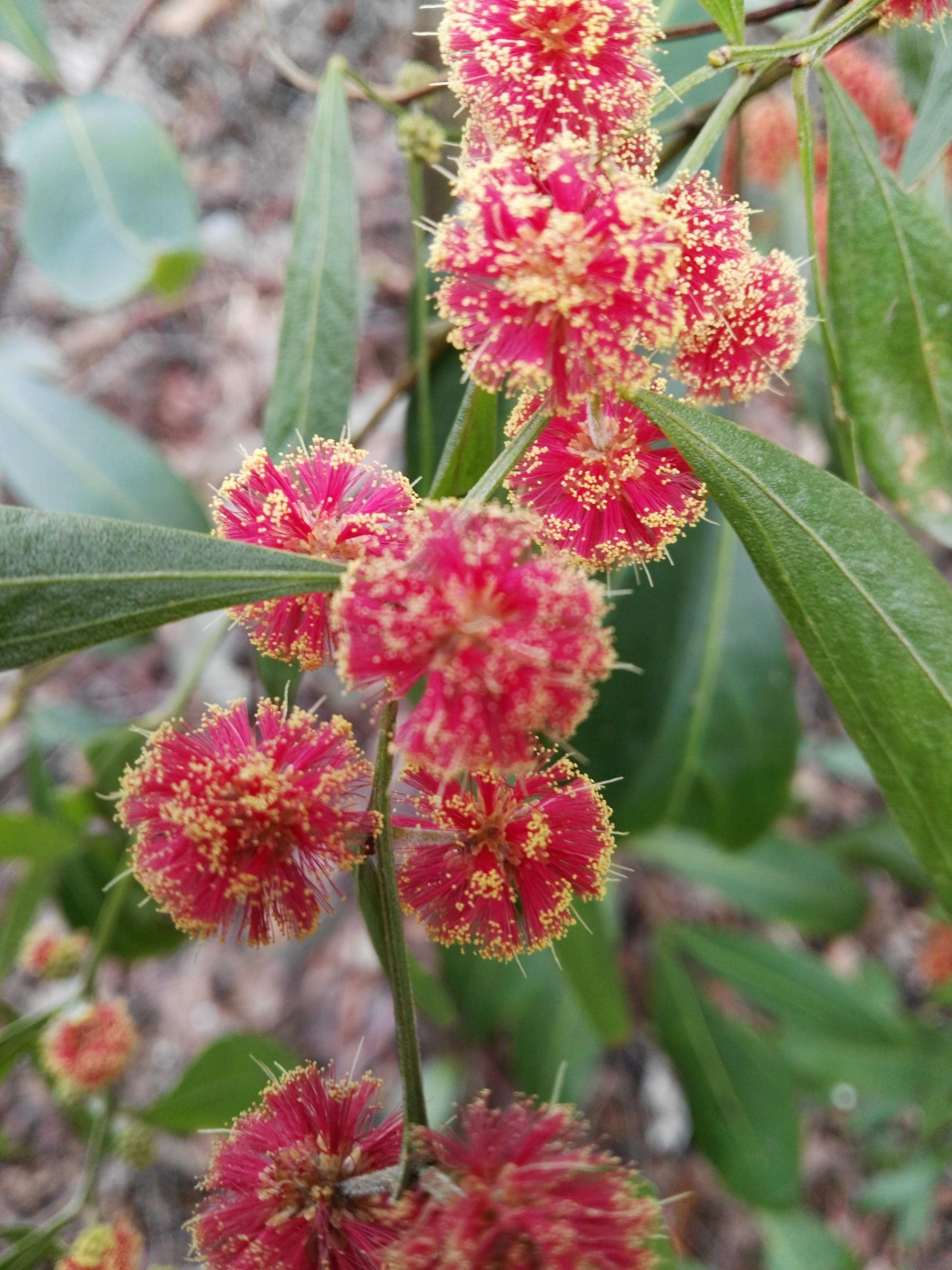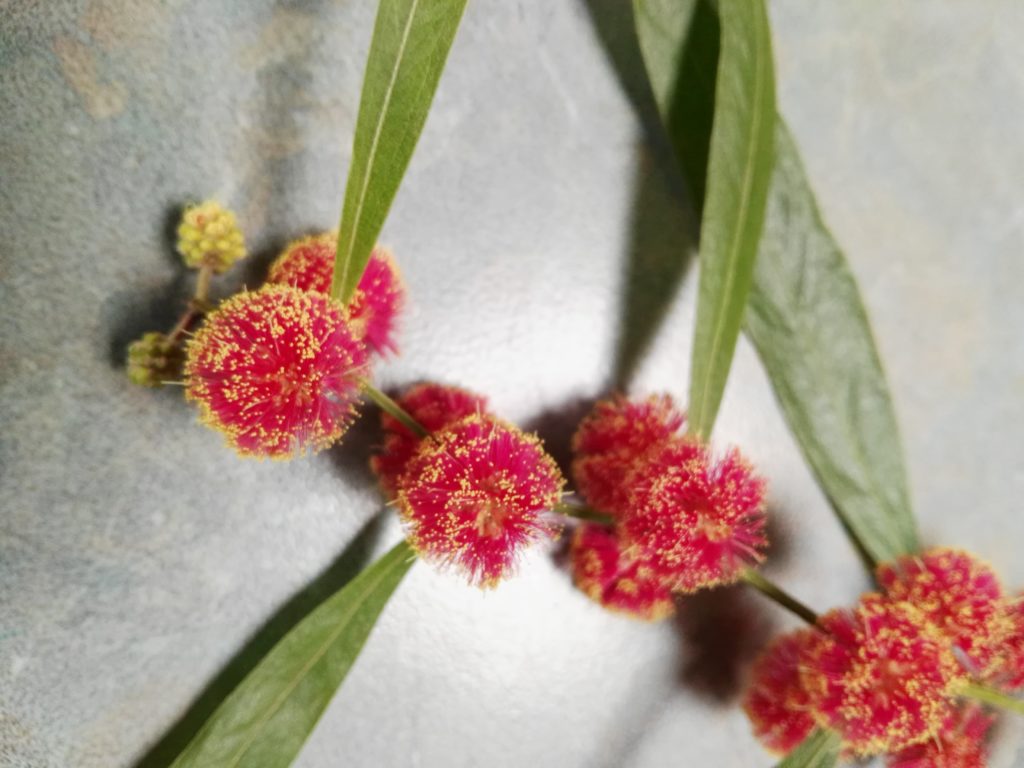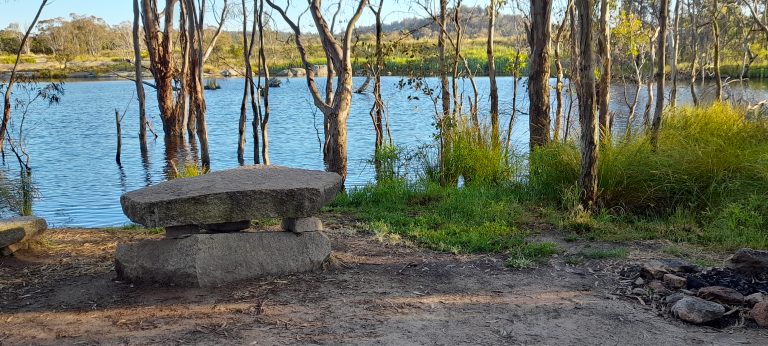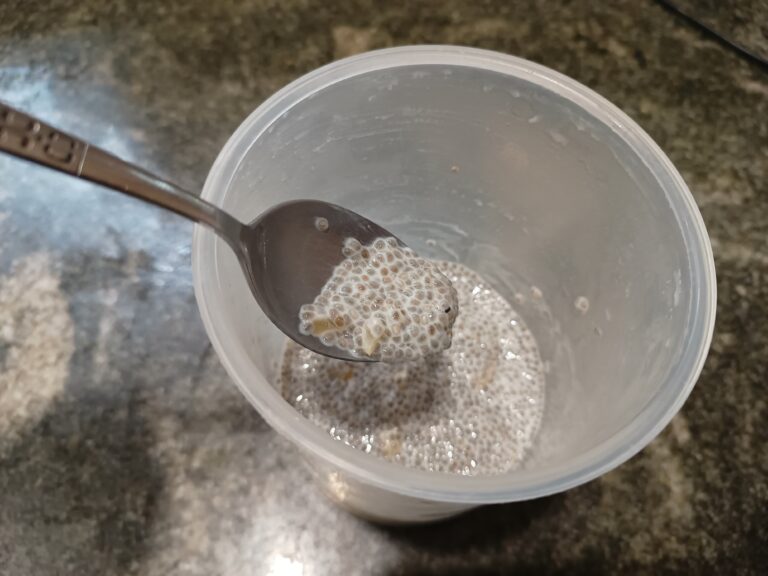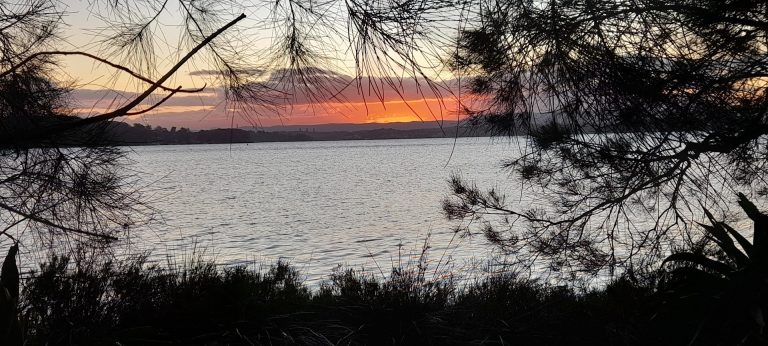Leave “ruminating” to the goats – restore your mind in nature
It’s a scary time in Australia as COVID-19 escalates. Particularly in my Melbourne home, where we’ve just gone back into lockdown.
Anxiety and stress can have short term and long term consequences. In these limited times most of us can still do one simple thing – and go for a walk in nature.
This is something that many of us know to do intuitively – and also something we can forget.
There’s a science behind the positive experiences – so you can maximise the benefits of your 1-hour / day of exercise.
Restore your attention through nature – for free
The study of Attention Restoration Theory has a growing body of evidence on how being in a natural environment can reduce stress and improve cognitive function.
If you want to get REALLY technical:
“ART suggests that nature has specific restorative effects on the prefrontal cortex-mediated executive attentional system, which can become depleted with overuse.” Kaplan
A 1995 paper by Kaplan in the Journal of Environmental Psychology THE RESTORATIVE BENEFITS OF NATURE: TOWARD AN INTEGRATIVE FRAMEWORK pulled together work dating back to 1895.
The science behind this is explained beautifully in Episode 5 of the podcast Brain On Nature – created by Australian journalist Sarah Allely after a 2015 bicycle accident left her unable to read, write, watch TV or listen to podcasts.
How to maximise the restorative process
According to Positive Psychology sources, the process of restoration is thought to proceed through 4 stages:
- Clearing your head – allowing thoughts to leave your head, ending any intense processing of your DIRECTED ATTENTION
- Mental fatigue recovery – the same way that you rest after exercise, also rest after intense periods of DIRECTED ATTENTION
- Soft fascination, or interest – gentle use of your “interest” muscle – like stretching after exercise
- Reflection and restoration – refocussing, replanning
This overall process is helped along by a restorative environment – especially a natural environment.
That environment has 4 characteristics:
“According to ART, there are four key components that characterize a restorative environment:
- Being Away – detaching physically and/or emotionally from intense, directed attention
- Soft Fascination – when your attention is held by a less active or stimulating activity
- Extent – you feel comfortable and at ease in the environment
- Compatibility – feeling enjoyment and congruence in your environment”
Again, this isn’t new. Thoreau wrote about it in “Why I went into the woods” back in 1854.
However, we now know ways to make the experience repeatable and more restorative. It’s not JUST about “going for a walk”. It can be more powerful with a bit more intention and understanding.
Some key points are:
- It’s thought to be multi-modal – sight, sound, scent, touch.
- It’s about the best type of focus for restoration – soft focus. A feeling of intense appreciation of something beautiful in the present.
- It’s most useful to be immersed and engaged in the natural world (NOT having conversations in your head)
- It needs to be somewhat familiar and non-threatening – you don’t need to go somewhere new (just as well within Stage 4’s 5km radius).
So for me, it’s about:
- Noticing the things I love and am attracted to – such as the amazing Scarlet Blaze Wattle on one of my regular walks. It’s in stunning full bloom right now.
- Paying attention to the sky, the clouds, the scent of eucalyptus.
- Noticing the sensations in my body (not the thoughts or emotions – the actual sensations).
Take REALLY good care of yourself right now
Do what you can, experiment with relaxation meditations (here’s one of mine).
There are a whole range of natural remedies to support you – from magnesium and Vitamin C to Lemon Verbena and Valerian.
Don’t just “soldier on” – because this ISN’T going away any time soon.
Remember that your Naturopath is a health practitioner who you can visit online or by phone.

